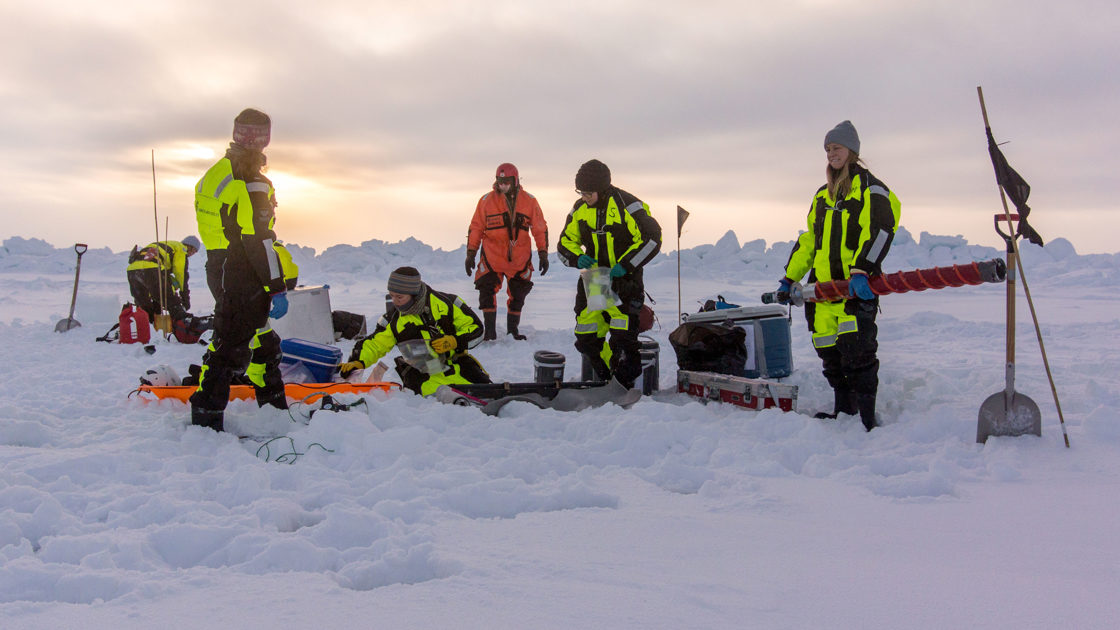Priorities for Norway’s Chairship of the Arctic Council
Press release | Date: 28/03/2023 | Ministry of Foreign Affairs, Ministry of Climate and Environment
‘We will work to ensure that the Arctic Council remains the leading international forum for Arctic issues. The pace of climate change is higher in the Arctic than in any other part of the world. This is a global challenge that we must address together,’ said Minister of Foreign Affairs Anniken Huitfeldt.

On 11 May, Norway will take over the chairship of the Arctic Council from Russia. Norway will have the chairship for the years 2023–2025. All official meeting activities in the Council were paused in the wake of Russia’s illegal invasion of Ukraine last year.
‘The work in the Arctic Council moving forward will reflect the current political reality. Nevertheless, we will do everything we can to ensure that the Arctic Council maintains its role as a forum for addressing the most pressing, cross-border challenges we are facing in the Arctic. Such as the need for access to data on climate change, and the need to ensure sustainable management of resources that adequately balances considerations relating to the natural surroundings, animal life and the people living in the Arctic,’ said Ms Huitfeldt.
Through four priority topics: the oceans; climate and environment; sustainable economic development; and people in the north, Norway will continue to pursue the long-term approach taken by the Council in its important efforts to ensure a vibrant and sustainable Arctic region. The four thematic priorities reflect long-term Norwegian priorities for the Arctic and for Norway’s Arctic policy, which are founded on knowledge and the principles of responsible and sustainable management.
‘The overall objective for Norway’s chairship of the Council will be to promote stability and constructive cooperation. We will work to enhance the well-being of people living in the region,’ said the Foreign Minister.
Arctic youth and Arctic Indigenous peoples will be cross-cutting priorities of the Norwegian chairship.
‘We will seek to increase the opportunities young people in the region have to influence and participate in issues that will affect their lives and futures. We will stress the importance of the participation of Indigenous peoples and their valuable contributions in all areas of cooperation under the Council,’ said Ms Huitfeldt.
‘Climate change is taking place more rapidly in the Arctic than anywhere else. This poses a great threat to Arctic biodiversity, which is very vulnerable. We need to understand more about the impacts of climate change on Arctic biodiversity and ecosystems, both in the oceans and on land,’ said Minister of Climate and Environment Espen Barth Eide.
The Government considers it essential to give priority to the areas where climate and environmental efforts under the Arctic Council will be most effective.
‘Norway will focus particularly on short-lived climate forcers such as black carbon (soot) and methane, an area where the Arctic states have a key role to play. The Arctic Council has a collective goal to reduce black carbon emissions by 2025. As a responsible maritime nation, it is also important for Norway to continue the Arctic cooperation on integrated, ecosystem-based ocean management,’ said Mr Eide.